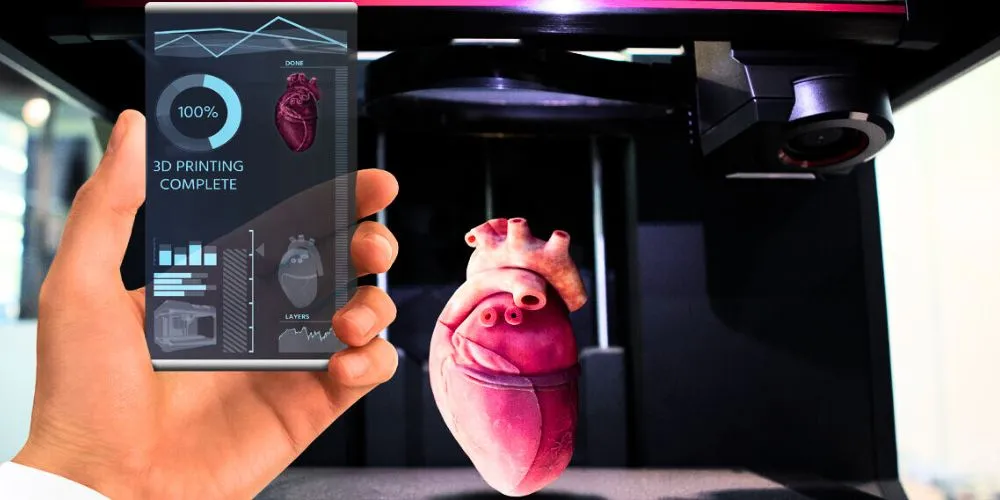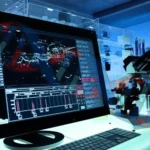Key Points
- 3D bioprinting involves layering living cells onto scaffolds to create complex, functional tissues that resemble natural organs.
- Functional heart valves, skin grafts, and miniature organs, such as livers and kidneys, have been successfully created, yielding promising results in animal models.
- 3D bioprinting could also revolutionize drug discovery by enabling the creation of “organs-on-a-chip” for more accurate drug testing.
- Despite challenges, the promise of bespoke, bioengineered organs holds immense potential to transform healthcare and improve the quality of life.
Regenerative medicine is witnessing groundbreaking advancements with the emergence of 3D-printed organs and tissues. This transformative technology holds immense promise, offering hope for millions with organ failure or tissue damage.
The essence of 3D bioprinting lies in the meticulous layering of living cells onto a scaffold, constructing intricate structures that mirror the complex architecture of natural tissues. This precision in manufacturing empowers scientists to engineer organs tailored to the exact size, shape, and function required for individual patients.
Although 3D-printed organs are still in their infancy, recent years have seen significant strides. Researchers have successfully crafted functional heart valves, skin grafts, miniature livers, and kidneys. These bioengineered tissues, which have shown promising results in animal models, set the stage for imminent clinical trials in human subjects.
The potential benefits of 3D-printed organs are profound. They hold the promise of obviating the need for organ transplants, a practice often constrained by donor scarcity and the risk of rejection. Furthermore, these artificial tissues could mend damaged organs or create personalized implants for reconstructive surgeries.
Beyond organ replacement, 3D bioprinting stands poised to revolutionize drug discovery and medical research. Creating “organs-on-a-chip” — diminutive replicas of human organs — enables scientists to test drugs and therapies in a more lifelike and controlled environment, potentially yielding safer and more effective treatments.
However, the journey towards fully realized 3D-printed organs faces its challenges. The quest demands more sophisticated biomaterials, enhanced cell culture techniques, and a deeper comprehension of the intricate biological processes involved in organogenesis. Despite these obstacles, the potential rewards are so monumental that researchers and clinicians maintain a buoyant optimism about the future of this revolutionary technology.
As 3D bioprinting advances, a vision emerges of a future where patients receive personalized, bioengineered organs and tissues, ushering in a paradigm shift in healthcare and substantially improving the quality of life for those in need.










